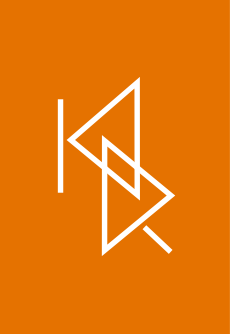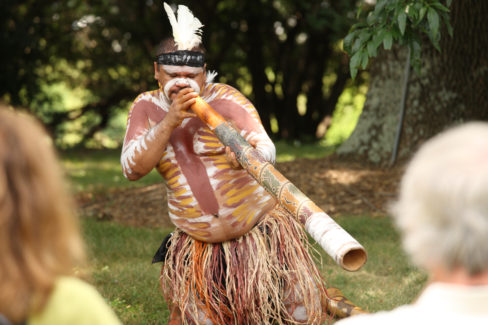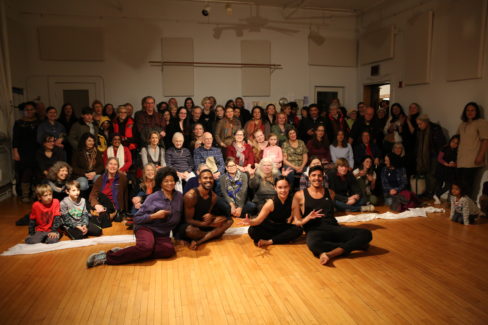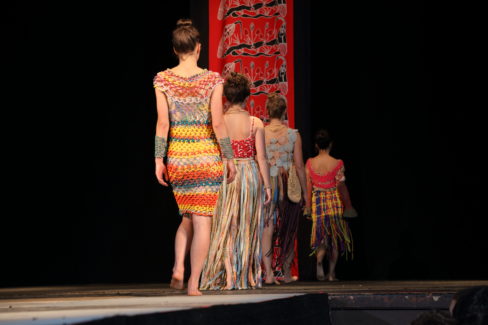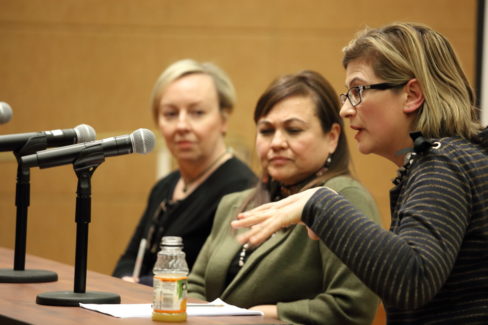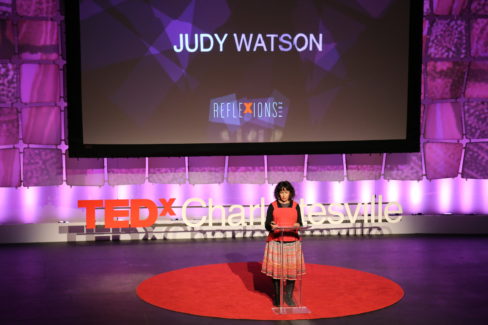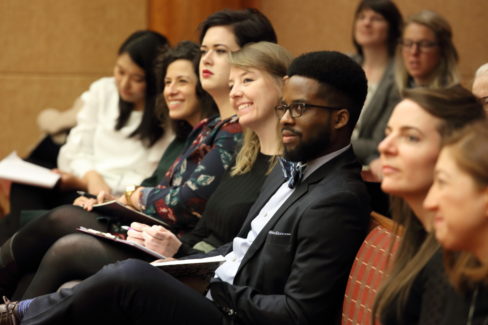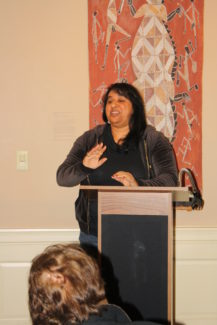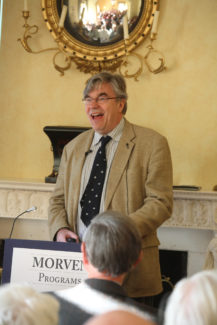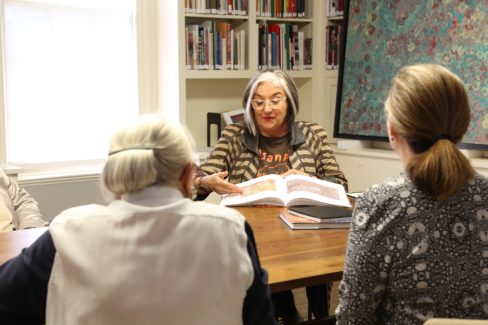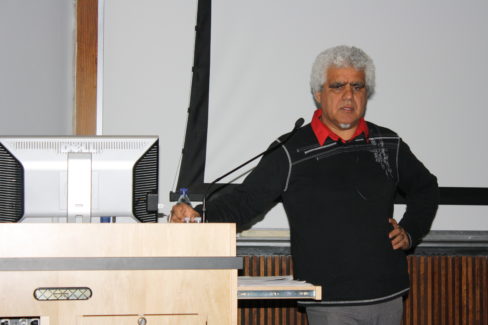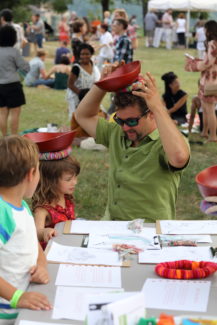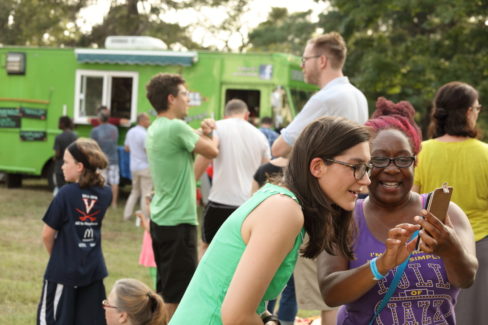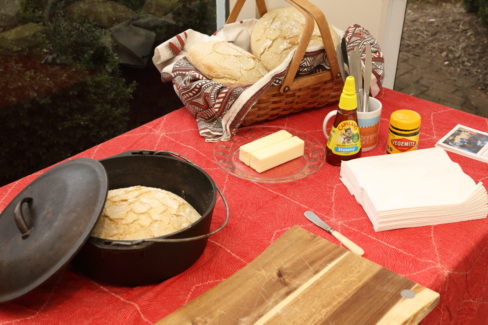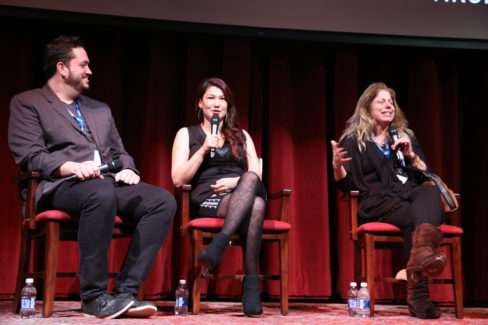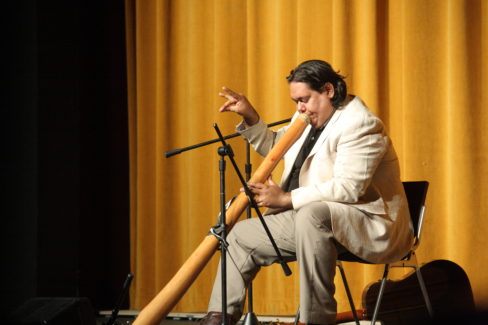Family and Community Programs
Opportunities for Children and Families
Kluge-Ruhe is a great destination for families! Here are some kid-friendly additions to the in-person visitor experience:
- When you visit the museum, ask the front desk guide for our I-Spy activity for children ages 3-12.
- Our touch station introduces visitors to the materials used by Indigenous Australian artists. And unlike our artworks on exhibition, we encourage you to touch them!
- Our interactive area includes five response cards for people of all ages to reflect on the artworks on view, by writing or drawing. It also includes videos related to the current exhibitions.
- We have a drawer of objects that can be explored through touch! Ask the guide at the front desk if they have a moment to share those with your family.
- Extend your visit to include our beautiful grounds. We have a map of the trees on our property available at the front desk; it is a fun activity to identify various trees and what makes them unique. Bringing a picnic and sitting at one of our tables in the back yard makes this idea even better.
We regularly offer classes and workshops to people of varying ages. Check our calendar for upcoming family programs. We also have a ton of ways to explore Aboriginal art from home.
For Teachers
We have some amazing lesson plans focused on art from Papunya Tula Artists developed in collaboration with the Art Gallery of South Australia. Click here to access them.
Our Aboriginal Art 101 resource is an amazing introductory resource for classroom study.
Exploring Beyond the Visual Arts
While the visual arts are our primary focus, our dynamic programming spans a broad range of interests, from racial and social justice to Cville’s local music scene, and from fashion and film to the future of Indigenous studies. Our collection focuses on Indigenous Australia, but our community programs connect Indigenous and non-Indigenous people in a variety of ways. From time to time the museum is able to offer exceptional, large-scale programming. Here are eight examples from the last several years:
- ARTinstead: We presented a day of activities highlighting the ability of art to address issues of race and social justice, featuring specifically the voices of local African American artist Frank Walker, Native American artist Gerald Cournoyer, Indian American artist Madhavi Reddi, and leading Indigenous Australian artist Tony Albert.
- Culture Couture: We showcased the latest in Indigenous Australian textiles and fashion alongside student fashion designs in a fashion performance at Charlottesville’s Jefferson Theater.
- Dance Showcase: We presented a showcase of Indigenous dancers from NAISDA Dance College.
- First Nations Writers: We hosted five of Australia’s leading Indigenous authors in conversation with two Native American authors for a compelling reading of their recent works.
- TEDx: We brought Indigenous Australian artist Judy Watson to discuss her suite of etchings, experimental beds, at TEDx Charlottesville.
- Virginia Film Festival: We bring films made by Indigenous people and Indigenous filmmakers from around the world to the festival whenever possible.
- William Barton: We brought Australia’s leading didjeridu player, William Barton, and his mother Delmae Barton, for a series of compelling performances, including one in collaboration with the Charlottesville High School Symphony Orchestra.
To learn more about these and other special programs, explore our Collaboration Archive.

